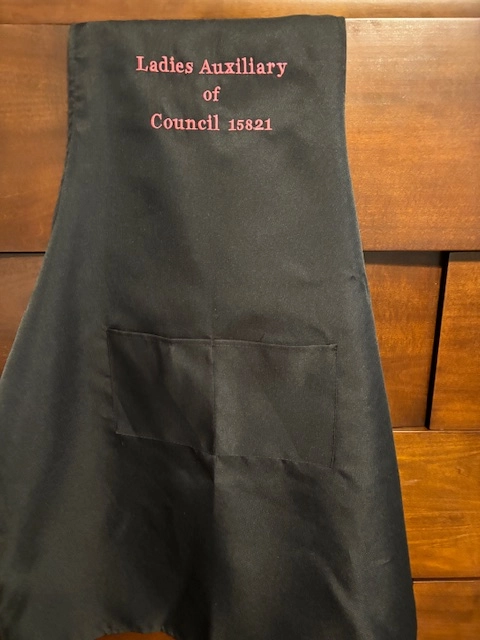The Art of Custom-made Embroidery: Opening the Tricks to Creating Distinct and Memorable Styles
The tricks to producing customized needlework styles that captivate the eye and leave an enduring impact lie in a fragile equilibrium of strategy, creativity, and attention to detail. As we dig into the world of personalized needlework, we reveal the nuanced interaction between string option, stitch complexity, and style customization that boosts a plain garment to a job of art.
Picking the Right Needlework Threads
When picking needlework threads, what key variables should you take into consideration to guarantee the finest outcomes for your customized designs? The choice of needlework string is critical in determining the final end result of your stitched layout. Among the primary considerations is the material of the string. Various products such as cotton, polyester, rayon, and silk use differing degrees of luster, longevity, and structure. It is vital to choose a thread material that matches the material you are embroidering on and lines up with the desired appearance of the design.
Thicker strings can add measurement and texture to your design, while finer threads are excellent for elaborate details and small message. Additionally, thinking about the shade fastness and washability of the thread is vital to ensure that your personalized layouts keep their quality and vibrancy over time.
Checking Out Various Stitch Techniques
To delve right into the world of 'Exploring Different Stitch Techniques', one must realize the ins and outs and subtleties that each stitching technique gives the art of needlework. Different stitch methods not just include visual interest however additionally add to the general appearance and measurement of the design. One prominent stitch technique is the satin stitch, which includes closely stuffed parallel stitches to develop a smooth and shiny surface area, suitable for loading in forms and creating bold lays out.
On the other hand, the backstitch is a flexible method commonly used for detailing and adding fine information. It involves sewing backwards to create a solid line of needlework. Additionally, the French knot stitch includes a responsive component to layouts, excellent for developing textured accents like blossom centers or decorative touches.
Discovering different stitch techniques allows embroiderers to play with light, darkness, and depth within their designs, elevating the aesthetic appeal and artistic high quality of their needlework helpful hints jobs. By understanding various sewing techniques, one can open unlimited opportunities for creating one-of-a-kind and memorable personalized embroidery items.
Incorporating Personalized Design Components
Having actually discovered the intricacies of various stitch methods such as the satin stitch, backstitch, and French knot, the emphasis currently moves in the direction of incorporating customized style components in custom embroidery tasks. Personalized style aspects play an essential role in making embroidery projects truly unique and memorable.
Another way to include tailored style components is by consisting of icons or concepts that hold unique meaning to the recipient or mirror their interests and personality. For example, integrating a preferred flower, pet, or hobby-related icon can make the embroidery design more significant and tailored. In addition, selecting colors that reverberate with the recipient or align with the desired theme can better enhance the personalization of the needlework project.
Mastering the Art of Shade Coordination

One key aspect of shade control is recognizing shade concept. This consists of recognizing exactly how various shades interact with each other, the feelings they communicate, and how they can be combined to produce visually attractive layouts. By using shade concept principles, embroiderers can produce harmonious shade combinations that boost the overall appearance of the design.
Additionally, focusing on contrast is essential in color control. Using contrasting colors can aid particular aspects of the style pop, improve readability, and produce a visually dynamic needlework piece. By grasping the art of color coordination, embroiderers can raise their layouts and produce memorable items that resonate with customers and visitors alike.
Enhancing Structure With Advanced Embroidery Stitches

French knots, as an example, view it are excellent for adding tiny, raised dots to your style, imitating the look of beads or developing a distinctive surface. Bullion knots, on the various other hand, can be utilized to create twisted, ropelike aspects that include a glamorous feel to the needlework. Seed stitching involves small, scattered stitches that can fill out areas with a speckled texture, while turkey work develops fluffy, dimensional accents reminiscent of pet hair or vegetation. Explore these innovative needlework stitches enables you to push the boundaries of traditional needlework and create truly one-of-a-kind and aesthetically enticing textures in your styles.
Verdict
To conclude, the art of personalized embroidery entails a mix of picking the ideal strings, exploring numerous stitch techniques, incorporating individualized design components, mastering color control, and boosting appearance with innovative stitches. By comprehending and executing these vital elements, embroiderers can produce unique and memorable styles that showcase their creativity and skill. Needlework lovers can unlock the secrets to developing stunning and bespoke items that stick out and leave a lasting impression.
Comments on “Personalized Mugs with Custom Embroidery Layouts for an Unique Present”